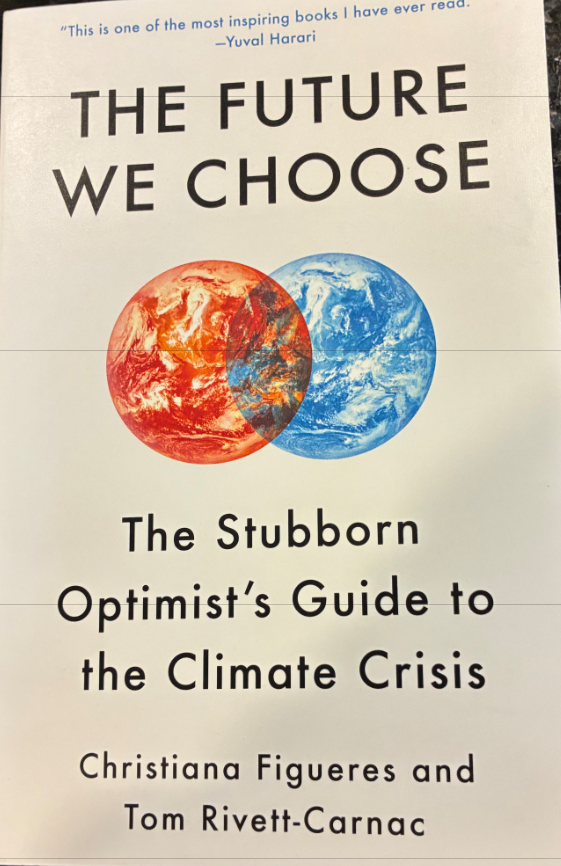Commentary
Consider a seacoast without C-10

Editor’s note: This is one in a continuing series of guest opinions about fostering environmental stewardship and addressing the impact of COVID-19. The series is coordinated by ACES, the Alliance of Climate and Environmental Stewards.
It’s hard to gain public attention and support for a very important long-term issue like nuclear safety—especially with COVID-19 and all the other headline grabbing issues unfolding in our world.
What is C-10
When people are focused on immediate issues related to their health, livelihood and well-being, they don’t have much bandwidth to think about degraded concrete at the nuclear plant a few miles away, or what would happen if something went terribly wrong at Seabrook Station.
We want to remind readers that the C-10 Research and Education Foundation is keeping tabs on safety and security concerns at the atomic reactor in our midst, and speaking out to protect public safety and environmental health in our special part of the world.
What it means to be without C-10
Without the important work that we’ve been doing for the last three decades, would you feel safe? C-10 stands for “citizens within the 10-mile radius” — the emergency planning zone that includes 23 cities and towns surrounding the Seabrook nuclear plant. Without us, there would be:
No real-time scientific monitoring of radiation in the communities surrounding the Seabrook nuclear power plant.
No one sounding alarms as the concrete in Seabrook’s containment structures deteriorates from an irreversible condition called alkali-silica reaction (ASR).
No one challenging Seabrook’s management of its degraded concrete, or compelling an in-depth hearing before a panel of judges here in Newburyport.
No group engaging a prominent environmental and nuclear safety attorney, Diane Curran, to argue its case and push for stronger regulations.
No world-leading ASR expert, Dr. Victor Saouma, who was so impressed by C-10 that he has donated hundreds of hours of his time to work with us, pro bono.
No carefully considered 200-page ruling from the Atomic Safety Licensing Board, ordering Seabrook to improve the ways it monitors and manages the concrete.
No independent voice making sure that Seabrook and the NRC do what they need to do to keep us safe.
No group shining a light on these issues and educating both the public and our elected officials.
No group working so hard to keep you safe.
Living through the pandemic, many of us have a new appreciation of the government's role in keeping us safe. But we’ve also seen the importance of independent watchdogs to make sure they do their job.
Now that you’ve thought about a community without C-10, are you willing to help ensure that we continue to exist, for as long as Seabrook is operating, and beyond? Please join us and make a contribution at www.c-10.org. We’re not done yet, and we need your support.
Natalie Hildt Treat is executive director of C-10 and can be reached at natalie@c-10.org; Karen Clagett is a member of the C-10 Board of Directors.
To learn more about ACES and its stewardship Initiatives: https://www.aces-alliance.org
.svg)





